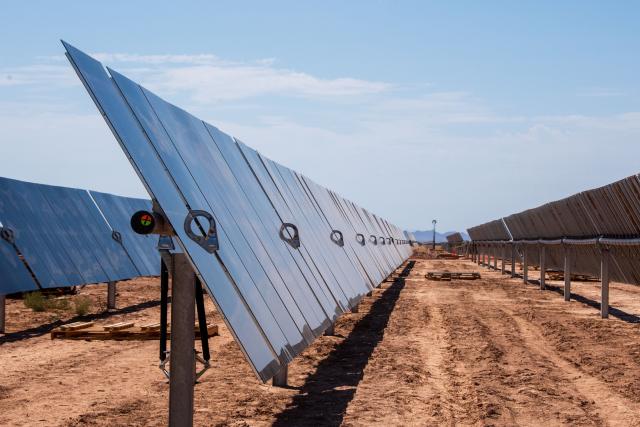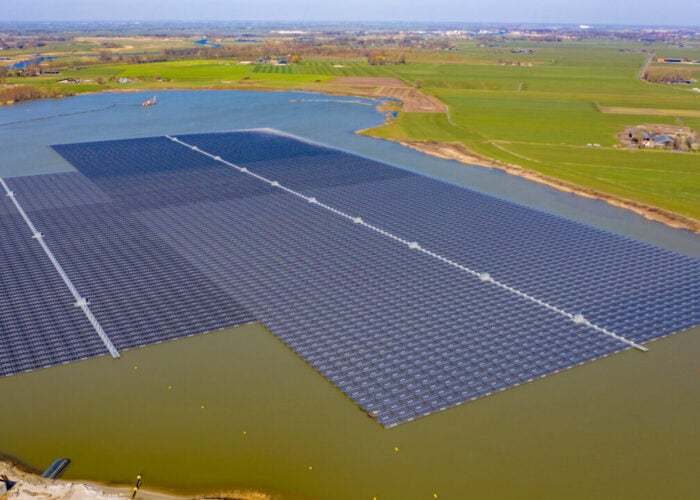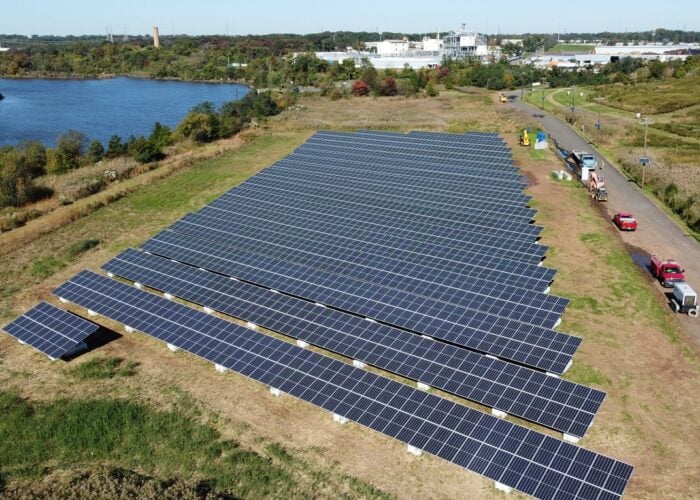
The US Bureau of Land Management (BLM) is pursuing the development of nine solar PV projects with a combined capacity of over 6.2GW.
The flagship development is the Esmerelda 7 solar and battery energy storage system (BESS) project, which comprises seven utility-scale solar facilities with a combined 5.35GW of generation capacity. The sites would be deployed on 118,000 acres of public lands in Nevada, near the historic mining town of Tonopah. All of the seven sites would be paired with BESS, though the BLM did not disclose the storage capacity or duration.
Unlock unlimited access for 12 whole months of distinctive global analysis
Photovoltaics International is now included.
- Regular insight and analysis of the industry’s biggest developments
- In-depth interviews with the industry’s leading figures
- Unlimited digital access to the PV Tech Power journal catalogue
- Unlimited digital access to the Photovoltaics International journal catalogue
- Access to more than 1,000 technical papers
- Discounts on Solar Media’s portfolio of events, in-person and virtual
Or continue reading this article for free
Esmerelda 7 is currently undergoing a public comment period on the BLM’s Draft Programmatic Environmental Impact Statement and Resource Management Plan Amendment. The sites will then undergo environmental analyses before potentially being approved.
The BLM also published the final environmental impact statement for the Libra solar project, also in Nevada. The site would pair 700MW of solar PV generation capacity with a 700MW of BESS over 5,100 acres across Mineral and Lyon counties. Libra would also incorporate a 24-mile-long generation tie-line to connect the area to the grid.
A public comment period has also begun for the 270MW/300MW Elisabeth solar-plus-storage project in Arizona. BLM is seeking comments on the project’s draft environmental assessment. The site is located near Dateland, Arizona, over 1,400 acres in the Agua Caliente Solar Energy Zone, which the BLM established in 2013 as part of its Western Solar Plan.
The Bureau said it also began preliminary reviews for roughly 166 applications for solar PV and wind project development.
The BLM is part of the US Department of the Interior (DOI) and is responsible for administering federal lands. It has responsibility for around one-eighth of the total US landmass, including federally protected natural areas and tribal lands.
In April, the DOI announced that the BLM had granted permits to over 25GW of renewable energy projects on these lands. These included solar, wind and geothermal generation capacity. At the same time, it announced an update to its Renewable Energy Rule, reducing capacity fees and streamlining the application review process.
January saw the Bureau expand its Western Solar Plan and add areas in Arizona, California, Colorado, Nevada, New Mexico and Utah to the scheme. The areas identified had high solar potential and low resource conflict which the BLM said would ensure responsible development and provide certainty to developers.
Tracy Stone-Manning, BLM director said: “The Biden-Harris administration’s commitment to sustainable development means that we are protecting our natural and cultural resources while moving quickly towards our nation’s clean energy goals.”







